Sonus Paradisi
Reuter, 1928 [Hauptwerk]
Reuter, 1928 [Hauptwerk]
No se pudo cargar la disponibilidad de retiro
The organ of Temple Beth Israel in Portland, Oregon
The congregation was formed in 1858 and first met in Burke's Hall on First Street. The present Byzantine-style temple of brick and sandstone was consecrated in April 1928. The Reuter organ was contracted on December 28, 1926. It was scheduled for delivery in September 1927, but was probably not installed until 1928. The cost of the organ was $25,000.00
The Reuter Organ Company is an American organ-building firm founded in 1917 by Adolph C. Reuter (1880-1971). Two years later the firm moved to Lawrence, Kansas. The company still operates today, and it has built more than 2240 organs during its hundred year history. Until the post World War years, the organs were tonally conservative, voiced on moderate wind pressure, following the general trends in the American organ building.
Reuter opus 227 is built along the principles of an orchestral organ in the late American Romantic style, relying on octave stops, especially 8'. Plenty of flue and reed foundation stops of all the possible tonal colors are included.
The entire organ is under expression. It has four manuals and a pedal. A sixth division is a floating string division whose 5 speaking stops are independently available on each manual. The total number of pipes is 3094 in 45 ranks, forming 80 speaking stops.
Presented to you by Leonart Studio, your authorised reseller for Sonus Paradisi in Switzerland (shipped internationally). Get your digitally sampled historical organs for the use with the Hauptwerk virtual instrument software.
Share this Sample Set
![Reuter, 1928 [Hauptwerk]](http://artful.shop/cdn/shop/files/ss_Reuter1.jpg?v=1693321024&width=1445)
![Reuter, 1928 [Hauptwerk]](http://artful.shop/cdn/shop/files/ss_Reuter2.jpg?v=1693321023&width=1445)
![Reuter, 1928 [Hauptwerk]](http://artful.shop/cdn/shop/files/ss_Reuter3.jpg?v=1693321023&width=1445)
![Reuter, 1928 [Hauptwerk]](http://artful.shop/cdn/shop/files/ss_Reuter4.jpg?v=1693321024&width=1445)
![Reuter, 1928 [Hauptwerk]](http://artful.shop/cdn/shop/files/ss_Reuter5.jpg?v=1693321023&width=1445)
![Reuter, 1928 [Hauptwerk]](http://artful.shop/cdn/shop/files/ss_Reuter6.jpg?v=1693321024&width=1445)
![Reuter, 1928 [Hauptwerk]](http://artful.shop/cdn/shop/files/ss_Reuter7.jpg?v=1693321023&width=1445)
![Reuter, 1928 [Hauptwerk]](http://artful.shop/cdn/shop/files/ss_Reuter8.jpg?v=1693321022&width=1445)
![Reuter, 1928 [Hauptwerk]](http://artful.shop/cdn/shop/files/ss_Reuter11_f83d2d68-0ac0-444d-bbdf-66bb95da7877.jpg?v=1693321022&width=1445)
Specification (stop list)
-
Manual I
Choir (expr.) C–c4
Contra Gamba 16'
Diapason 8'
Concert Flute 8'
Unda Maris (beat.) 8'
Dulciana 8'
Flauto Traverso 4'
Concert Piccolo 2'
Clarinet 8'
English Horn 8'
Tremolo
Harp Celeste 4'
Harp Celeste 8'
Choir to Choir 8'
Choir Unison Off
Choir to Choir 4'
Viola 8'
Viole d'Orchestre 8'
Viole Celeste (beat.) 8'
Violina 4'
Mixture III
String Tremolo -
Manual II
Great (expr.) C–c4
Double Diapason 16'
First Diapason 8'
Second Diapason 8'
Doppel Flote 8'
Clarabella 8'
Violon Cello 8'
Erzahler 8'
Erzahler Celeste (beat.) 8'
Octave 4'
Flute Harmonic 4'
Tromba 8'
Chimes
Great to Great 16'
Great Unison Off
Great to Great 4'
Viola 8'
Viole d'Orchestre 8'
Viole Celeste (beat.) 8'
Violina 4'
Mixture III
String Tremolo -
Manual III
Swell (expr.) C–c4
Bourdon 16'
Diapason 8'
Tibia Clausa 8'
Gedeckt 8'
Salicional 8'
Vox Celeste (beat.) 8'
Principal 4'
Dolce Flute 4'
Flute Quint 2 2/3'
Flautino 2'
Tierce 1 3/5'
Cornet III
Contra Fagotto 16'
Cornopean 8'
Oboe 8'
Shofar Horn 8'
Vox Humana 8'
Tremolo
Swell to Swell 16'
Swell Unison Off
Swell to Swell 4'
Viola 8'
Viole d'Orchestre 8'
Viole Celeste (beat.) 8'
Violina 4'
Mixture III
String Tremolo -
Manual IV
Solo (expr.) C–c4
Stentorphone 8'
Gross Flute 8'
Gross Gamba 8'
Tuba Major 8'
French Horn 8'
Clarion 4'
Tremolo
Chimes
Solo to Solo 16'
Solo Unison Off
Solo to Solo 4'
Viola 8'
Viole d'Orchestre 8'
Viole Celeste (beat.) 8'
Violina 4'
Mixture III
String Tremolo -
Pedal
Pedal C–g1
Diapason 32'
Diapason 16'
Second Diapason 16'
Bourdon 16'
Lieblich Gedeckt 16'
Contra Viole 16'
Major Flute 8'
Cello 8'
Still Gedeckt 8'
Dolce 4'
Trombone 16'
Contra Fagotto 16'
Tromba 8' -
Other specification
Couplers:
Solo to Pedal 8'
Swell to Pedal 8', 4'
Great to Pedal 8', 4'
Choir to Pedal 8'
Solo to Great 16', 8', 4'
Swell to Great 16', 8', 4'
Choir to Great 16', 8', 4'
Swell to Choir 16', 8', 4'
Pedal to Swell, Pedal to Choir, Pedal to Great reverse couplers'
Accessories:
Full organ switch (Sforzato)
All swells to swell switch
Crescendo pedal
5 Swell pedals
Divisional and general combinations
Notes:
Shofar Horn is a special reed stop used for the Jewish Liturgy. Its compass is one octave, c0-c1.
Percussion stops have limited compass, too.
Diapason 32' is acoustic in the lowest octave.
History
The organ of Temple Beth Israel in Portland, Oregon
The congregation was formed in 1858 and first met in Burke's Hall on First Street. In 1861 they built their first edifice which was the first synagogue on the Northern Pacific coast. It was enlarged four years later, but was soon outgrown. A new temple was consecrated in 1889 and housed a Geo. Kilgen organ that burned with the temple in 1923. The present Byzantine-style temple of brick and sandstone was consecrated in April 1928. The Reuter organ was contracted on December 28, 1926. It was scheduled for delivery in September 1927, but was probably not installed until 1928. The cost of the organ was $25,000.00
The Reuter Organ Company is an American organ-building firm founded in 1917 by Adolph C. Reuter (1880-1971). Two years later the firm moved to Lawrence, Kansas. The company still operates today, and it has built more than 2240 organs during its hundred year history. Until the post World War years, the organs were tonally conservative, voiced on moderate wind pressure, following the general trends in the American organ building.
Reuter opus 227 is built along the principles of an orchestral organ in the late American Romantic style, relying on octave stops, especially 8'. Plenty of flue and reed foundation stops of all the possible tonal colors are included. Four different beating/celeste stops are also available. High pitched stops and mutations are rare and voiced to enhance the upper harmonics of the foundation stops, rather than adding brilliance. This allows for extremely smooth crescendos and decrescendos and a truly orchestral sound. The whole organ has only one single mixture of 3 narrow ranks. A special feature of the organ is its extensive use of string stops. Two typical percussion stops, Harp (metal plates) and Chimes (tubular bells), are also included.
The entire organ is under expression. It has four manuals and a pedal. A sixth division is a floating string division whose 5 speaking stops are independently available on each manual. The total number of pipes is 3094 in 45 ranks, forming 80 speaking stops.
The compass of manuals is 61 keys, but there is a sixth octave available through supercouplers (most stops have 73 pipes). The pedal compass is 32 keys.
With the generosity of Schnitzer family, Portland philanthropists, and temple members, the organ was restored by Bond Organ Builders in 2004, when the original Quintadena on Swell was replaced by Principal 4.
The organ is especially suitable for symphonic transcriptions, Romantic repertoire, and also for popular music of the early 20th century.
Compiled using notes of Michael Barnes and OHS data.
Special thanks to Michael Barnes and Susie Young for their support during recording.
Features
Encryption
The samples are offered in 48kHz/24bit resolution. The multiple releases have three levels: short, mid and long. Hauptwerk v.5 and higher required. The sample set is encrypted, dongle protected. Hauptwerk Advanced version is strongly recommended, the Lite version is not suitable to run the Surround variant of the sample set (memory limitations, audio channels limitations). There is no use of the sample set possible in any other software.
Reverb time
The reverb time is ca. 2 seconds, although it tends to be longer on low frequencies.
Keyboards, pedalboard
The original compass of the keyboards is 61 keys (full 5 octaves). 6th octave is available through supercouplers. The original compass of the pedal division is 32 keys.
Tremulants
All ranks of all the divisions were recorded with and without tremulants where available for the most convincing tremulant behavior. However, loading the authentic tremmed ranks consumes large amount of RAM. It is possible to select to use the artificial tremulant instead to save RAM (the switch is located on the mixer tab).
Surround format
The sample set is offered in the Surround variant (6 channels). In addition to the usual 4-channel surround, there are two more alternative front channels. In total, there are 4 front audio channels and 2 rear channels. The two pairs of the front ranks feature two different recording positions: direct (near to the pipes) and diffuse (distant from the instrument). These two pairs of the front ranks can either be mixed together freely to achieve any listening position between the two extremes, or used separately - depending on the preferences of the user. A dedicated "mixing desk" is available in Hauptwerk to mix the sound to the desired level.

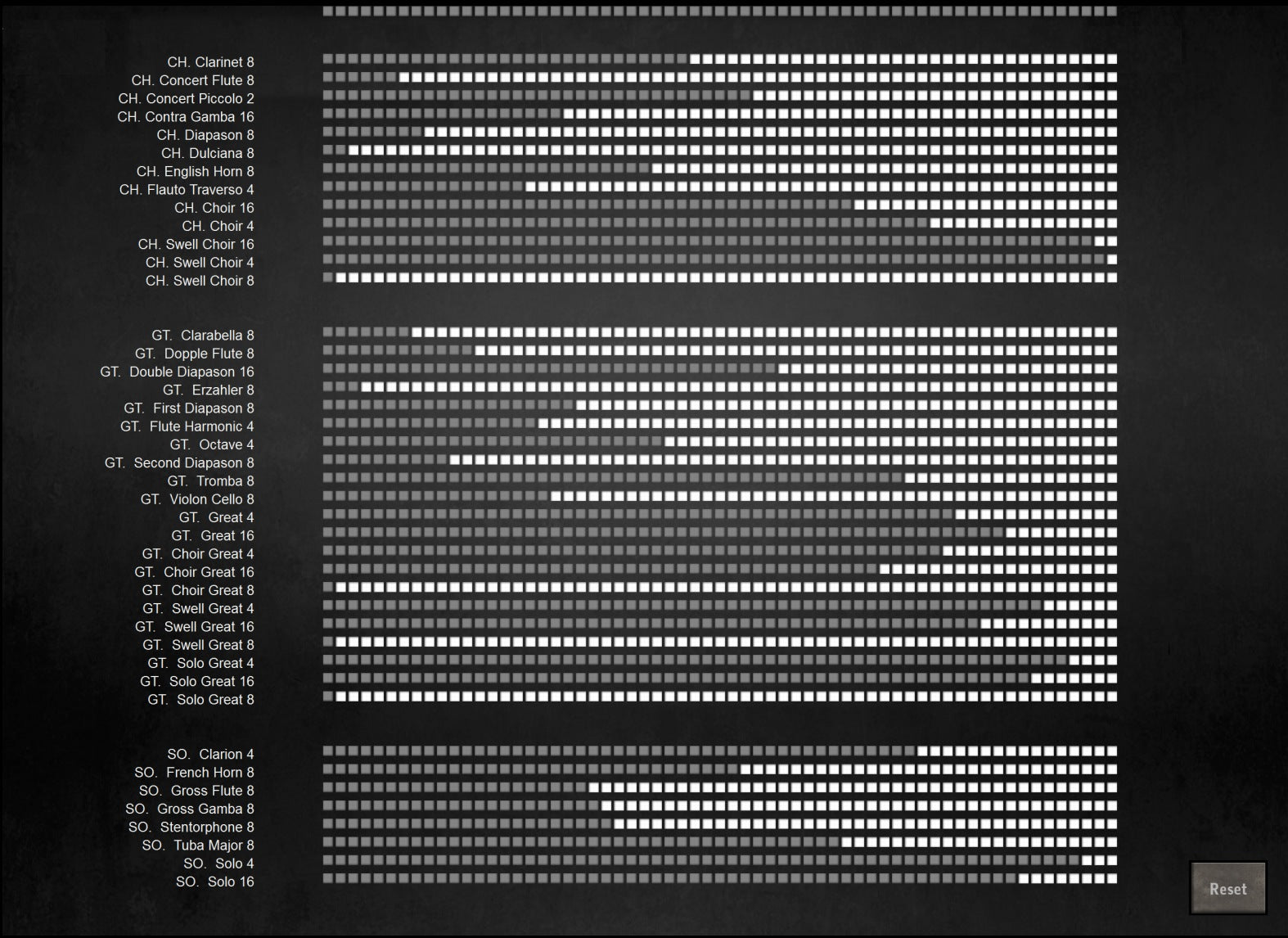


Requirements
Hauptwerk v.5 and higher required. The sample set is encrypted, dongle protected. Hauptwerk Advanced version is strongly recommended, the Lite version is not suitable to run the Surround variant of the sample set (memory limitations, audio channels limitations). There is no use of the sample set possible in any other software.
RAM consumption: 6-channel surround
16-bit, other settings default: 23.5 GB
20-bit, other settings default: 41.3 GB (recommended)
24-bit, other settings default: 45.7 GB
RAM consumption: 2-channel wet
16-bit, other settings default: 8.9 GB
20-bit, other settings default: GB
24-bit, other settings default: 15.8 GB
Screen resolution 1280x1024 px or more.
Polyphony of 10000 voices recommended for the full suround (4500 pipes minimum).
Polyphony of 4000 simultaneous pipes recommended for use of the wet sample set.
This Hauptwerk Sample Set is presented to you by Leonart Studio, an authorised reseller for the manufacturer Sonus Paradisi in Switzerland (shipping internationally). Enjoy this digitally sampled organ library for the use with Hauptwerk software and start expanding your historical organ collection today.
More Hauptwerk Sample Sets
-
Casavant, 1995 [Hauptwerk]
Proveedor:Sonus ParadisiPrecio habitual CHF 174.90Precio habitualPrecio unitario / por -
Reuter, 1928 [Hauptwerk]
Proveedor:Sonus ParadisiPrecio habitual CHF 473.00Precio habitualPrecio unitario / por -
Rotterdam Hoofdorgel, 1973 [Hauptwerk]
Proveedor:Sonus ParadisiPrecio habitual A partir de CHF 330.00Precio habitualPrecio unitario / porCHF 958.10Precio de oferta A partir de CHF 330.00Oferta -
Groningen, 1450-1740 [Hauptwerk]
Proveedor:Sonus ParadisiPrecio habitual A partir de CHF 658.90Precio habitualPrecio unitario / porCHF 1,681.90Precio de oferta A partir de CHF 658.90Oferta -
Goerlitz, 2006 [Hauptwerk]
Proveedor:Sonus ParadisiPrecio habitual A partir de CHF 328.90Precio habitualPrecio unitario / por -
Bückeburg, 1997 [Hauptwerk]
Proveedor:Sonus ParadisiPrecio habitual A partir de CHF 1.10Precio habitualPrecio unitario / por -
Brasov, 1839 [Hauptwerk]
Proveedor:Sonus ParadisiPrecio habitual CHF 418.00Precio habitualPrecio unitario / por -
St. Omer, 1717-1855 [Hauptwerk]
Proveedor:Sonus ParadisiPrecio habitual CHF 323.40Precio habitualPrecio unitario / porCHF 410.96Precio de oferta CHF 323.40Oferta -
Stellwagen organ, St. Marien, Stralsund (1659)
Proveedor:Sonus ParadisiPrecio habitual CHF 858.00Precio habitualPrecio unitario / por -
![Clavichord Model [Hauptwerk]](//artful.shop/cdn/shop/files/ss_clavichord.jpg?v=1724310155&width=533) Agotado
AgotadoClavichord Model [Hauptwerk]
Proveedor:Sonus ParadisiPrecio habitual CHF 33.00Precio habitualPrecio unitario / por

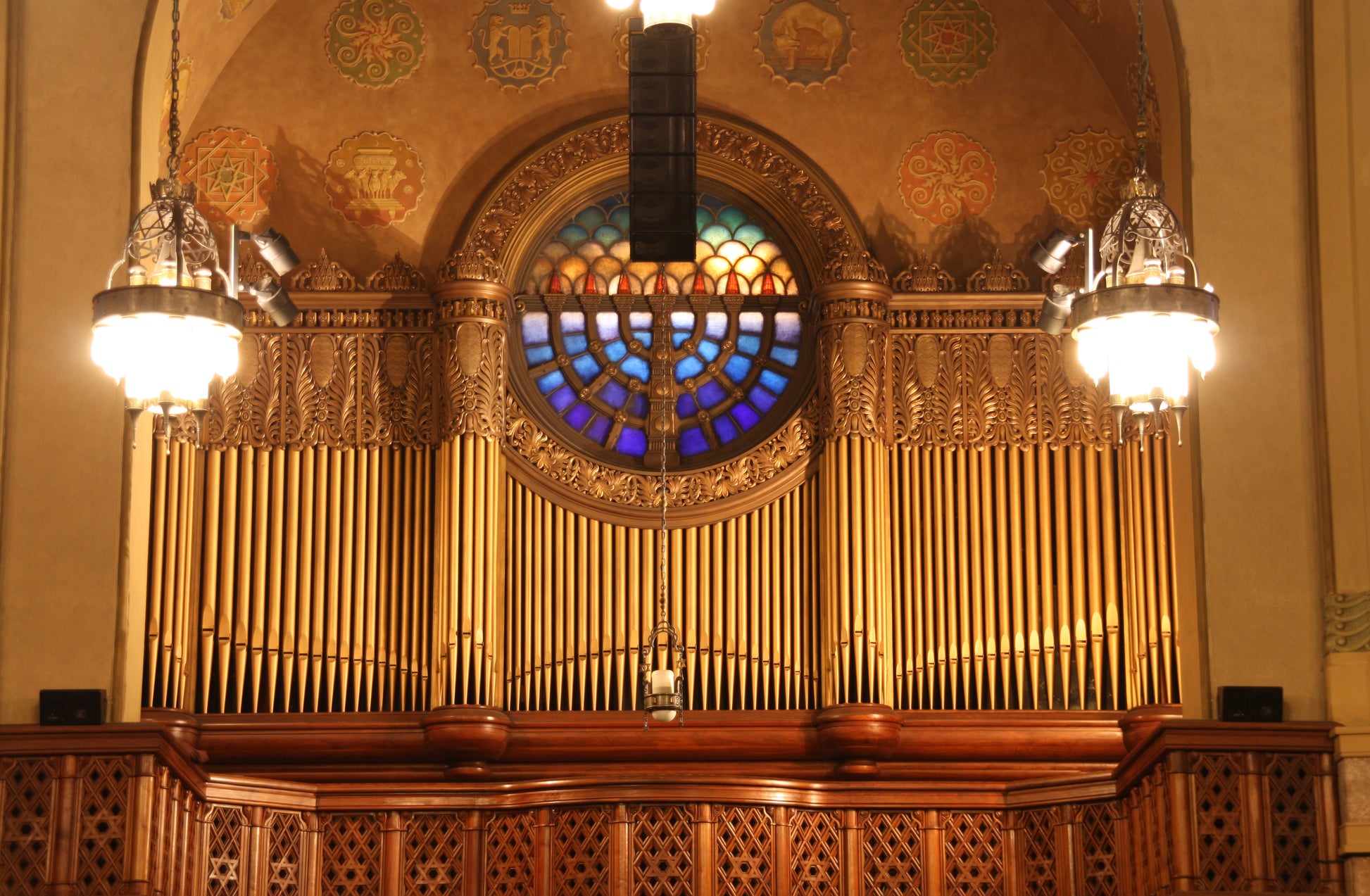
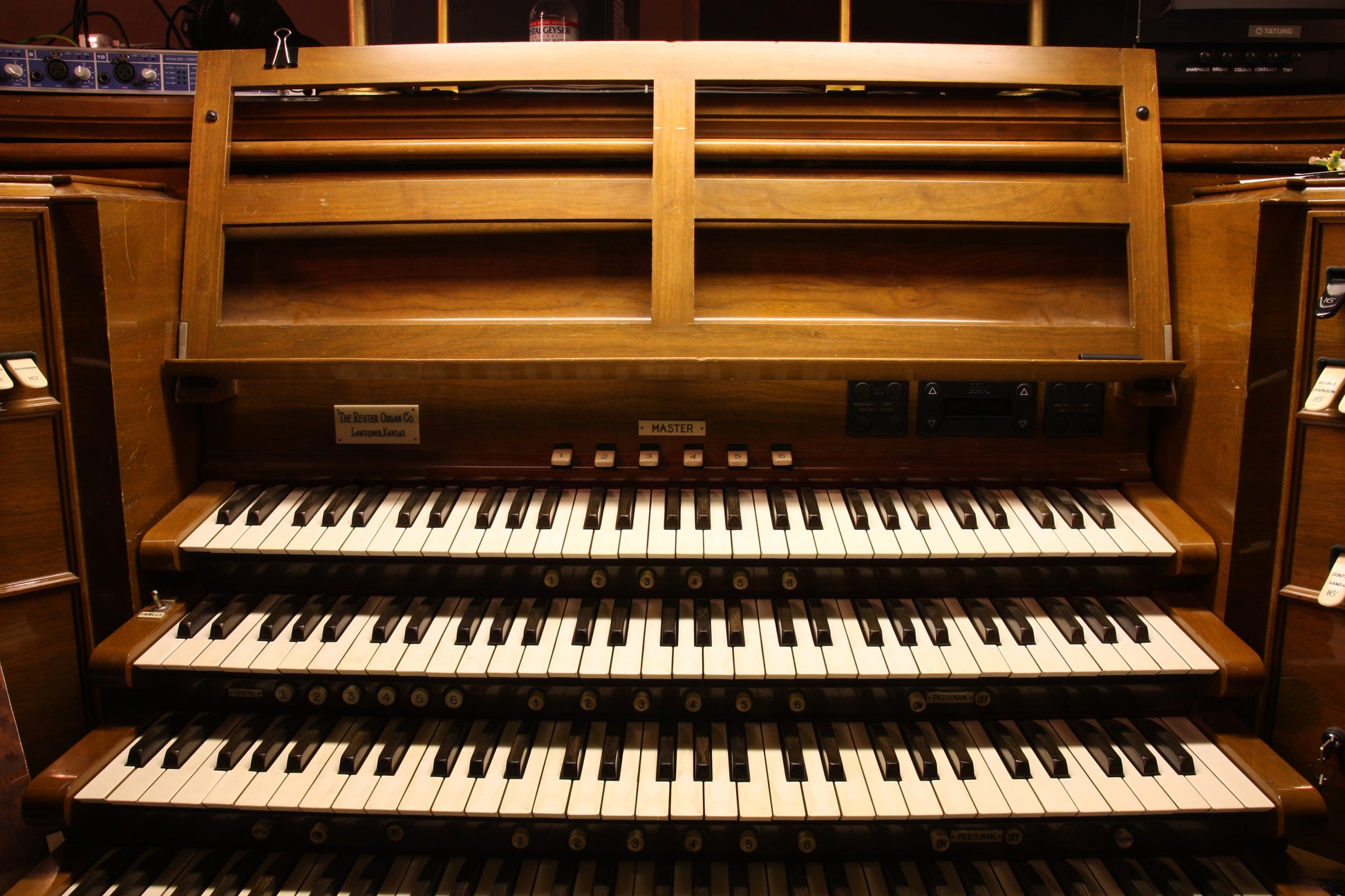
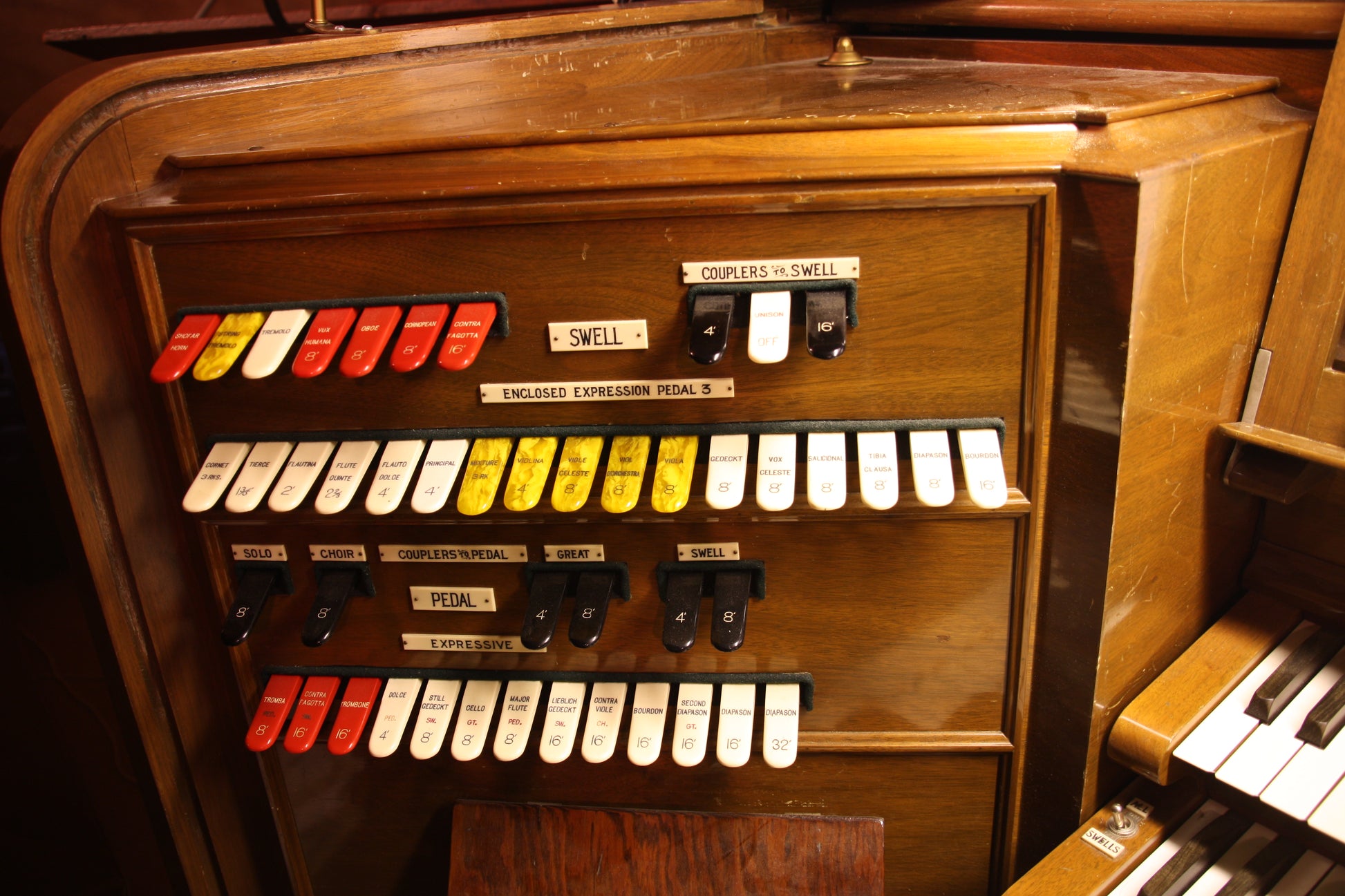
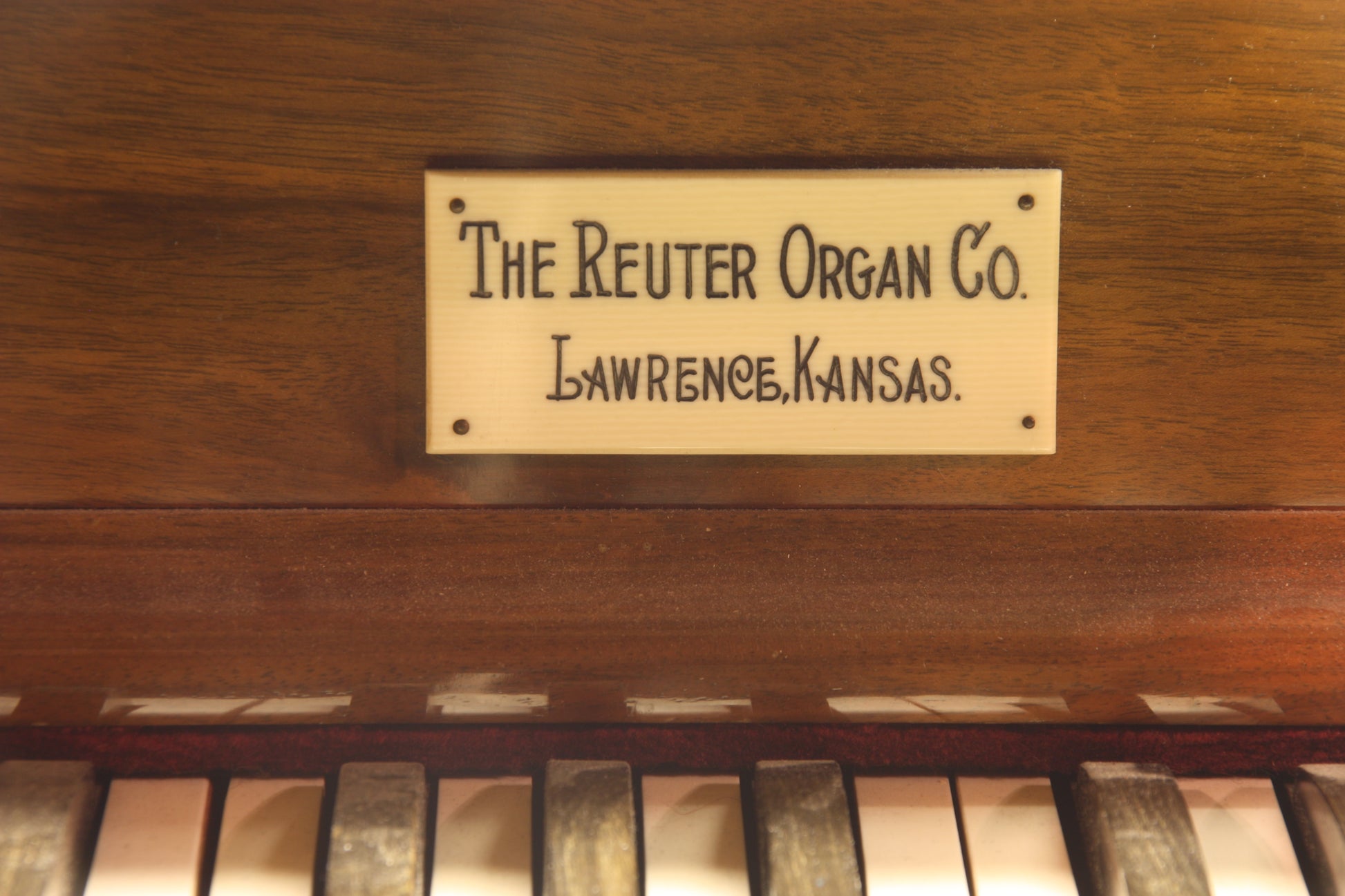
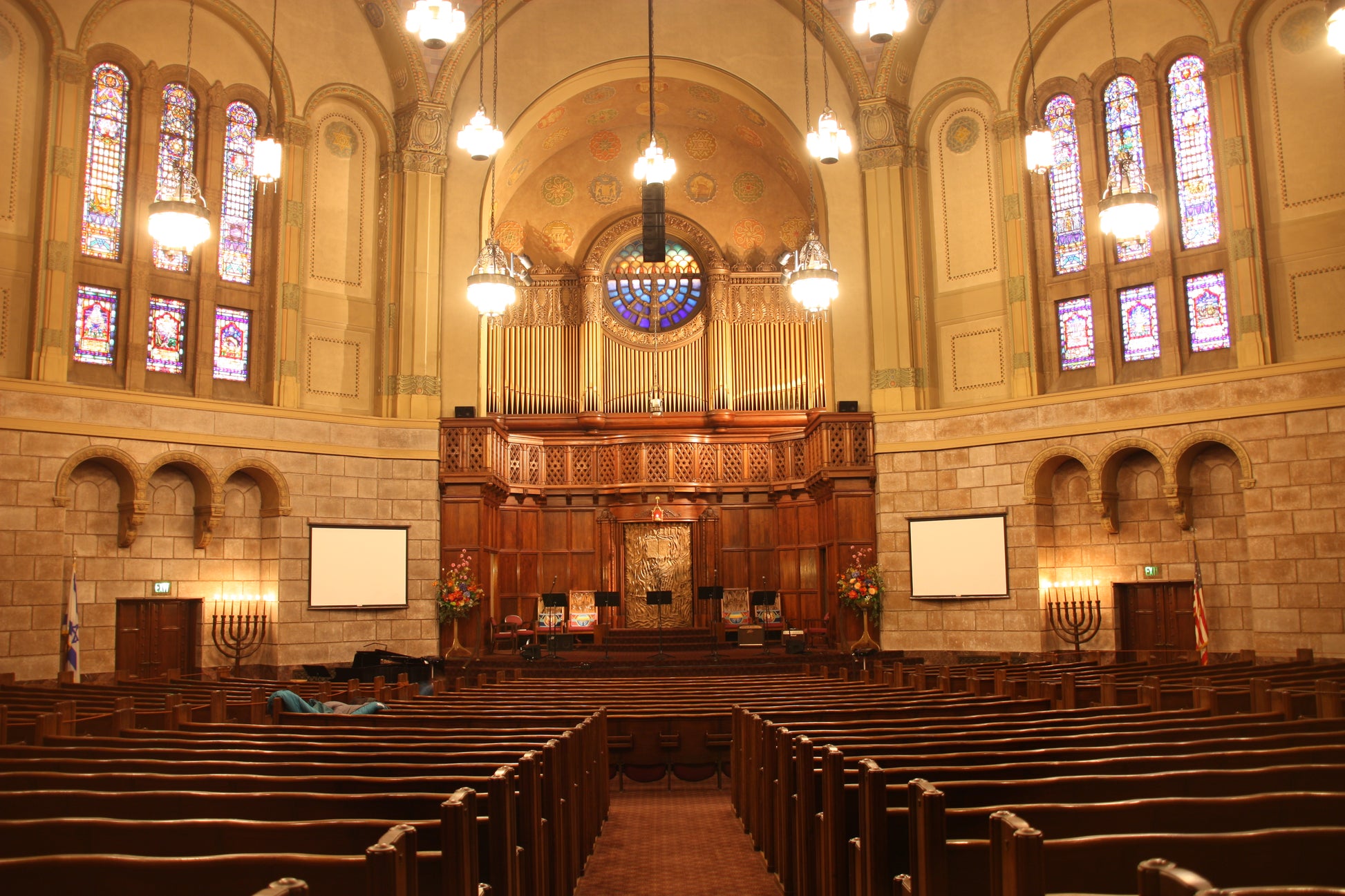

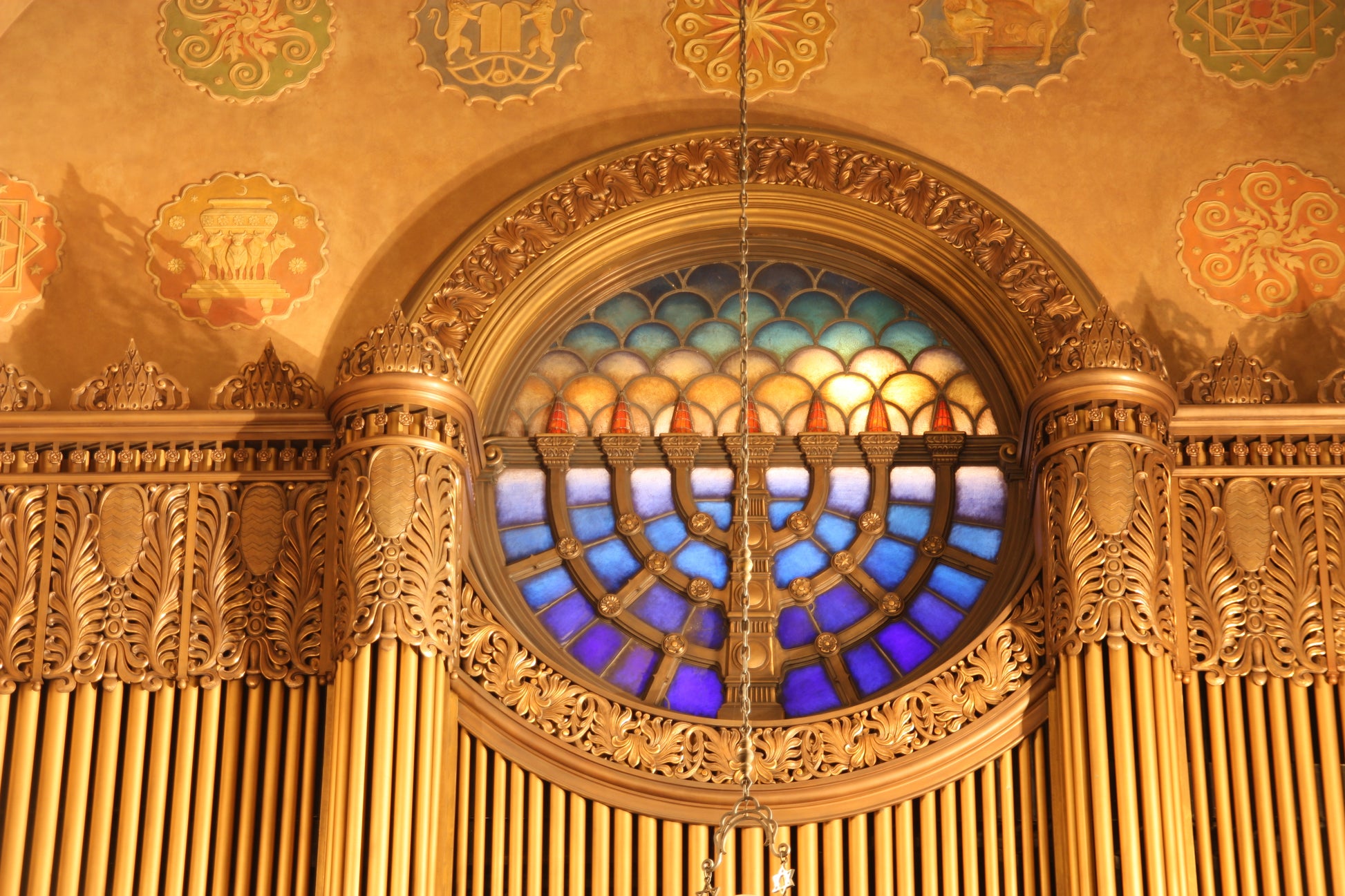
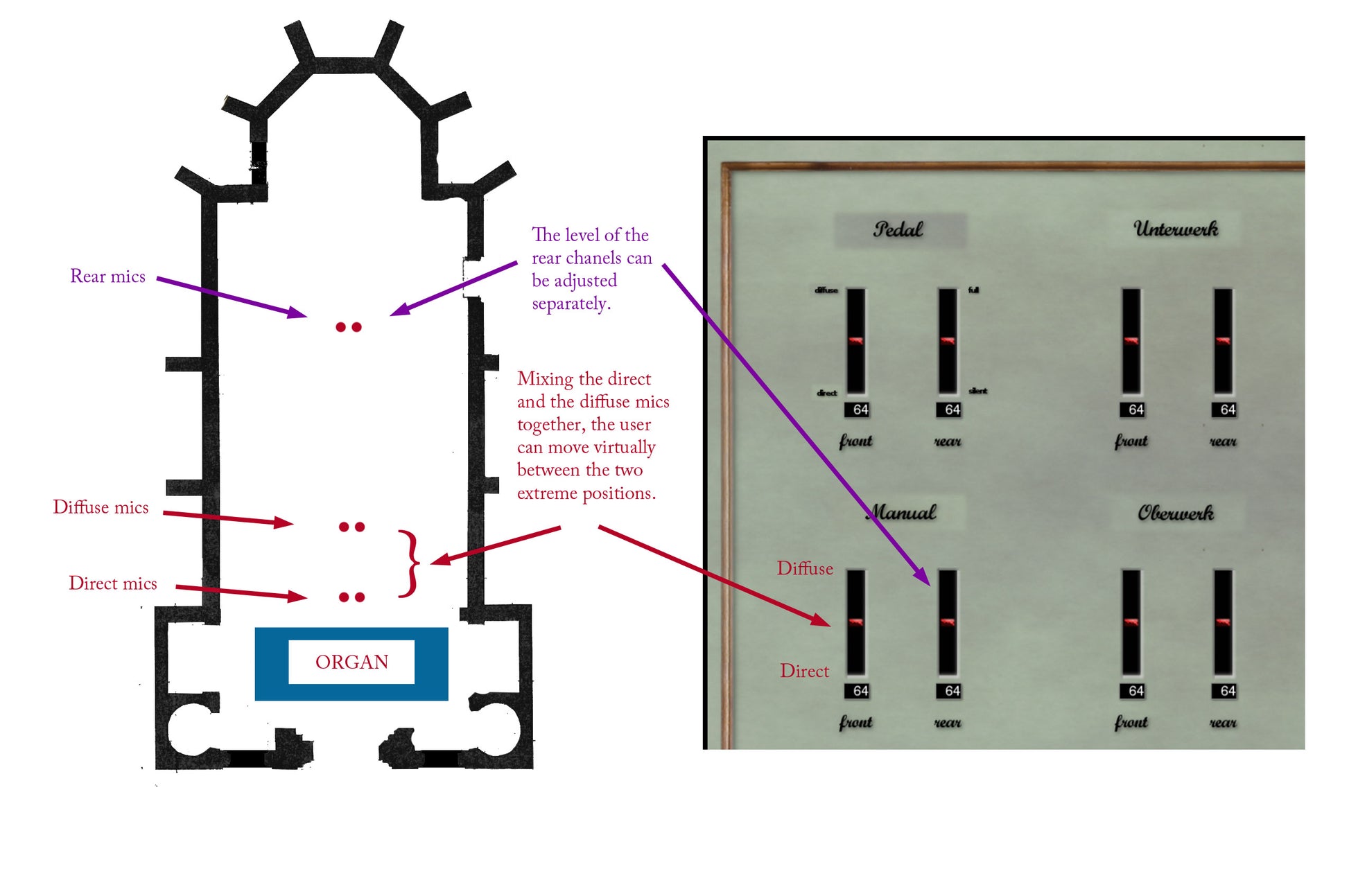
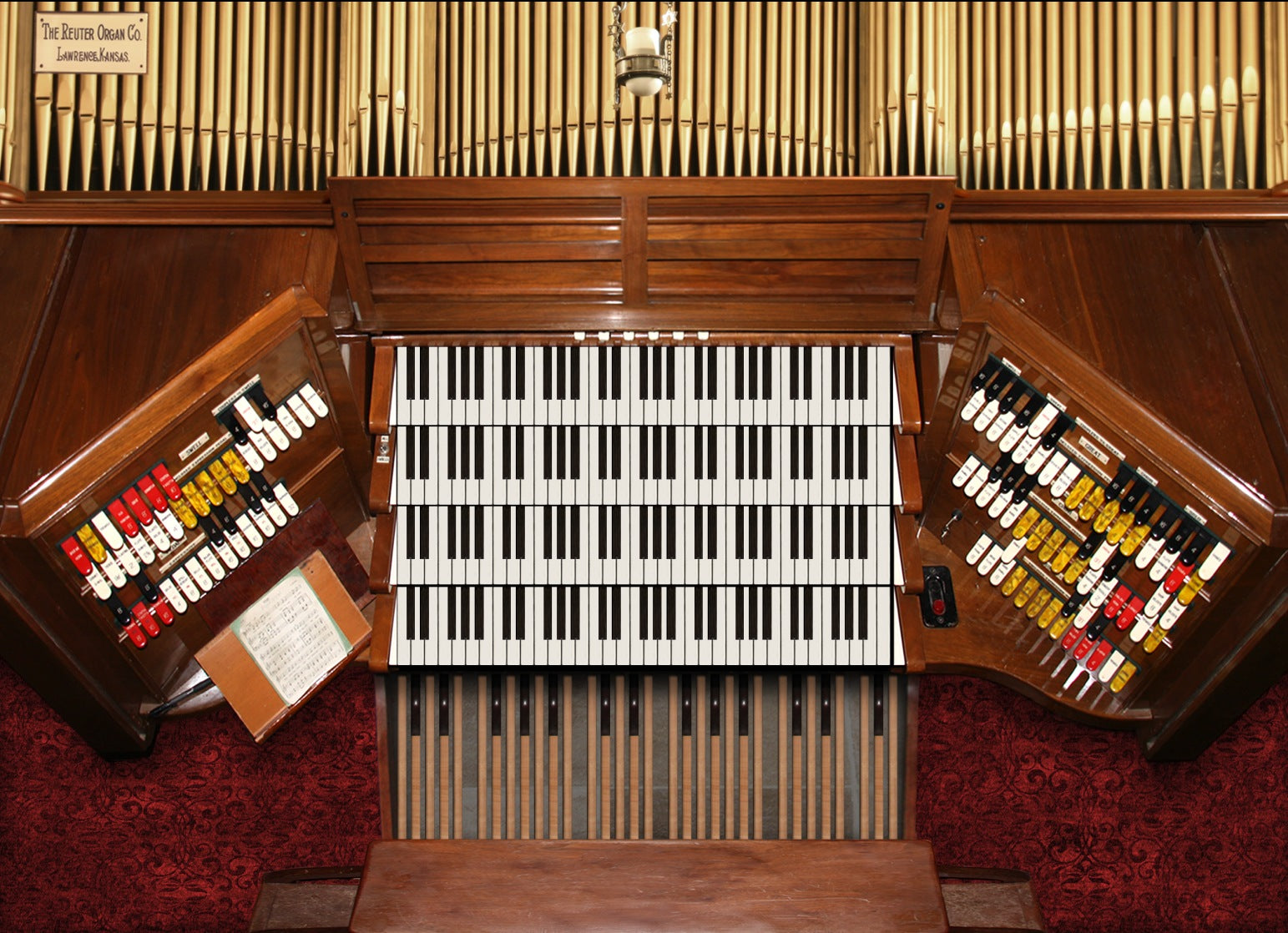
![Casavant, 1995 [Hauptwerk]](http://artful.shop/cdn/shop/files/ss_casavant1.jpg?v=1693319885&width=533)
![Reuter, 1928 [Hauptwerk]](http://artful.shop/cdn/shop/files/ss_Reuter1.jpg?v=1693321024&width=533)
![Rotterdam Hoofdorgel, 1973 [Hauptwerk]](http://artful.shop/cdn/shop/files/ss_RotterdamMain1.jpg?v=1693279529&width=533)
![Groningen, 1450-1740 [Hauptwerk]](http://artful.shop/cdn/shop/files/ss_Groningen1.jpg?v=1693275425&width=533)
![Goerlitz, 2006 [Hauptwerk]](http://artful.shop/cdn/shop/files/ss_goerlitz1.jpg?v=1692995837&width=533)
![Bückeburg, 1997 [Hauptwerk]](http://artful.shop/cdn/shop/files/ss_bueckeburg1.jpg?v=1692967628&width=533)
![Brasov, 1839 [Hauptwerk]](http://artful.shop/cdn/shop/files/ss_brasov1.jpg?v=1692967057&width=533)
![St. Omer, 1717-1855 [Hauptwerk]](http://artful.shop/cdn/shop/files/ss_omer1.jpg?v=1692904128&width=533)
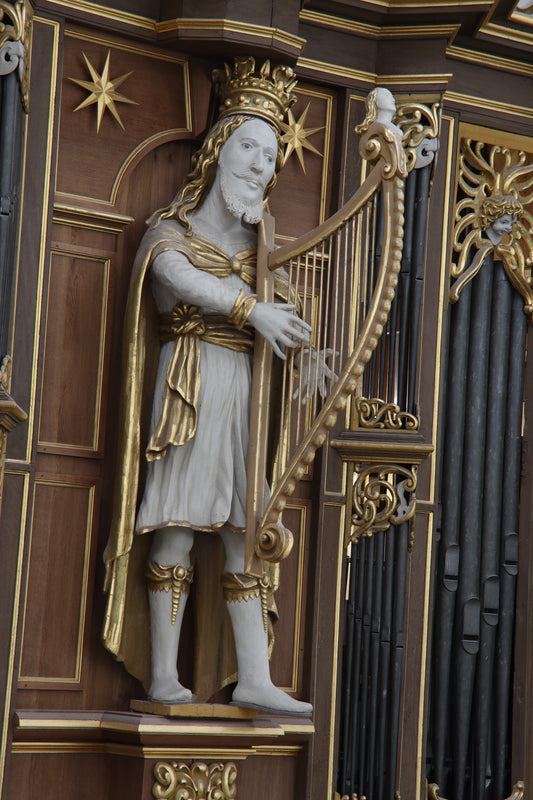
![Clavichord Model [Hauptwerk]](http://artful.shop/cdn/shop/files/ss_clavichord.jpg?v=1724310155&width=533)